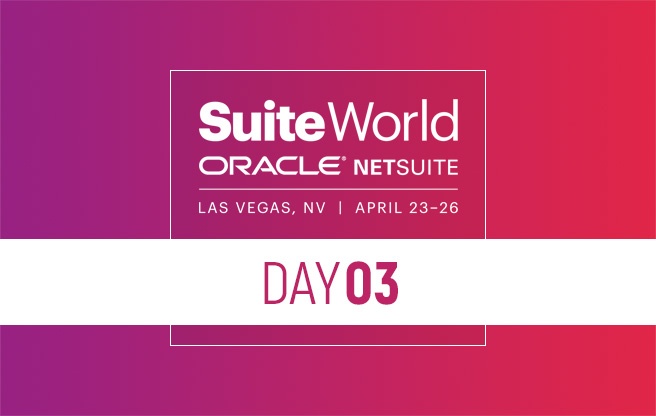The first time I walked into a project that had already burned through millions, the air in the client’s office was heavy. The system was half-configured, users were frustrated, and leadership had lost faith in the investment. They called it a “rescue mission.” For me, it was déjà vu.
Eighteen years in this space has taught me that rescue missions aren’t outliers - they’re part of the rhythm of enterprise software. What still surprises me is how often the second attempt works.
The Pattern Beneath the Chaos
Everyone says the market has shifted. AI is disruptive. Buying cycles are chaotic. Maybe all that’s true at the macro level. But in the trenches? The same issues I saw 15 years ago still trip clients up today.
“We’re solving the same problems I’ve been solving for 18 years now.”
Companies rush into ERP without defining what they really need. They under-resource the work, skip requirements, and assume the software will magically adapt. Then they’re shocked when the system doesn’t deliver.
I often compare it to buying a Ferrari to pick up groceries. The car is powerful, but if you only need a trunk and four doors, it’s the wrong choice - and you’ll never see the value.
Why Clients Fail the First Time
At the root, most failures come down to clarity:
- Procurement blind spots. Clients don’t know how to “buy” properly. They shop for the tool, not the specs that fit their business.
- Ownership gaps. They forget they own the requirements and the testing. Consultants can guide, but we can’t sign off on whether the system reflects their business.
- Underestimation. Many small companies underestimate the ongoing effort required to maintain an ERP system. Without a plan for continued success - whether that means part-time admin support, managed services, or a dedicated program like Techfino’s ContinuedSuccess - the system can quickly become misaligned with evolving business needs.
These gaps create cascading problems. By the time go-live arrives, users discover mismatches, leadership feels misled, and consultants are brought in to patch things up.
The Rescue Mindset
Ironically, the failures prepare clients to succeed. By the time we arrive the second time, they know exactly what went wrong. They’re clearer, more vocal, and more precise. That urgency makes the second project smoother, even if it costs more.
This is the paradox: failure sharpens clarity. Which begs the question - why not simulate failure upfront?
I’ve started asking clients to imagine the worst:
- It’s 18 months later.
- You’re still not live.
- The project burned money and created turnover.
Now - what would you wish you’d done differently? That frame forces better answers. It wakes people up.
Guiding, Not Doing
Consulting isn’t about showing off technical wizardry. It’s about guiding clients to their own clarity. I sometimes think of Yoda leading Luke through the forest. You don’t swing the lightsaber for them - you create the conditions where they can succeed.
That’s not easy. Junior consultants can follow checklists, but reframing a client’s thinking takes experience. After nearly two decades, I’ve seen enough pitfalls to know where the potholes are, and how to get clients to see them too.
Experience in the Age of AI
A lot of people ask if AI changes everything. My answer: not yet. Not one of my clients has asked how to leverage AI in their NetSuite system. And even when they do, AI can’t replace the judgment earned over years of client projects.
Sure, AI can help us internally - building questionnaires, standardizing processes, making teams more efficient. But it won’t tell a CFO why their ERP failed, or guide a business owner through the hard questions they avoided at the start.
Experience still matters. Maybe more than ever.
Rescue missions will always exist. Businesses move fast, sales teams oversell, clients underestimate. But every failed project holds a lesson: clarity is the most valuable currency in ERP.
The trick is to bring that clarity forward - to frame the risks before the first dollar is spent.
If you’re about to get started on an implementation, pause. Picture the failure. Feel it. Then work backward to avoid it. That’s how you turn an ERP from a liability into the backbone of your business.
“Failure sharpens clarity. The art is bringing that clarity forward before it costs millions.”
Get Started Now
The easiest way to get started is to contact Techfino today. If you’d like a little more information first, you can download our ContinuedSuccess Whitepaper. Either way, we hope you’ve found this guide helpful and hope that we can further assist you on your path to leveling up your NetSuite Support.



